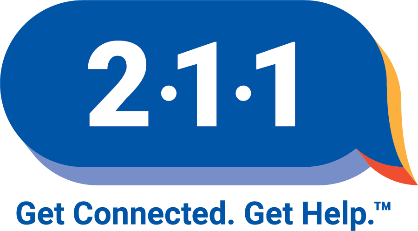Keeping hands clean is one of the most important steps we can take to avoid getting sick and spreading germs to others. Many diseases and conditions are spread when we don’t wash our hands with soap and clean-running water. If clean, running water is not accessible, use soap and available water. If soap and water are unavailable, use an alcohol-based hand sanitizer that contains at least 60% alcohol to clean hands. Remember, though, that hand sanitizers are not as effective when hands are visibly dirty.
Hand washing is a very effective health tool:
- Hand washing reduces the number of people who get sick with diarrhea by 31%.
- Diarrheal illness in people with weakened immune systems is lowered by 58% when hands are washed properly.
- Respiratory illness, like colds, is reduced by 21% in the general population.
- Learn more about handwashing
When should you wash your hands?
- When your hands are visibly soiled
- Before, during, and after preparing food
- Before eating food
- Before and after caring for someone who is sick
- Before and after treating a cut or wound
- After using the bathroom
- After changing diapers or cleaning up a child who has used the toilet
- After blowing your nose, coughing, or sneezing
- After touching an animal or animal waste
- After handling pet food or pet treats
- After touching garbage
What is the right way to clean your hands?
Using Soap and Water:
- Wet your hands with clean, running water (warm or cold) and apply soap.
- Rub your hands together to make a lather and scrub them well; be sure to scrub the backs of your hands, between your fingers, and under your nails.
- Continue rubbing your hands for at least 20 seconds. If you need a “timer,” hum the “Happy birthday” song from beginning to end twice.
- Rinse your hands well under running water.
- Dry your hands using a clean towel or air-dry them.
Using alcohol-based hand sanitizer:
- Apply a quarter-sized amount of product to the palm of one hand.
- Rub your hands together.
- Rub the product over all surfaces of your hands and fingers until your hands are dry. It should take at least 20 seconds.
Remember: Hand sanitizers are not as effective when hands are visibly dirty.
Additional Resources
Hawaii State Department of Health Stop the Spread of Germs Fact Sheet (PDF)
Cover Your Cough Flyer CDC For Health Care Settings (PDF)
How To Wash Your Hands – World Health Organization (WHO) Handout (PDF)
Keep Calm and Wash Your Hands CDC (PDF)
How to Wash Your Hands Handout, Germ City -Hawaii State Department of Health (PDF)
When to Wash Your Hands Handout, Germ City – Hawaii State Department of Health (PDF)
Hawaii State Department of Health Stop the Spread of Germs Flyer (PDF)
English | *Chuukese | *Ilokano | *日本語 Japanese | *Marshallese | *Tagalog
Clean Hands Count Flyer (CDC)
English | *Ilokano | *Tagalog
*Translated by the Hawaii State Department of Health
For more information on hand washing, visit the CDC website.
For more information on hand hygiene in healthcare settings, visit the CDC website.
Last Reviewed: October 2024

